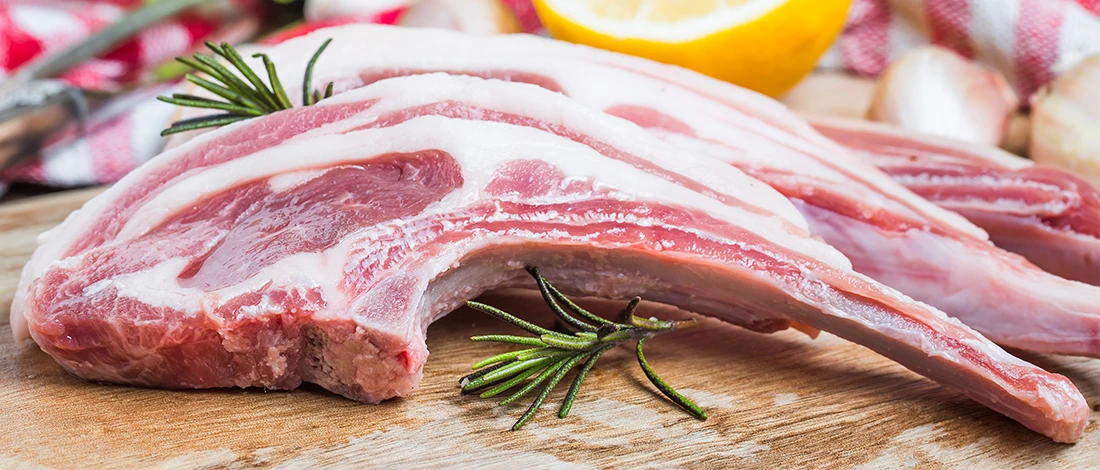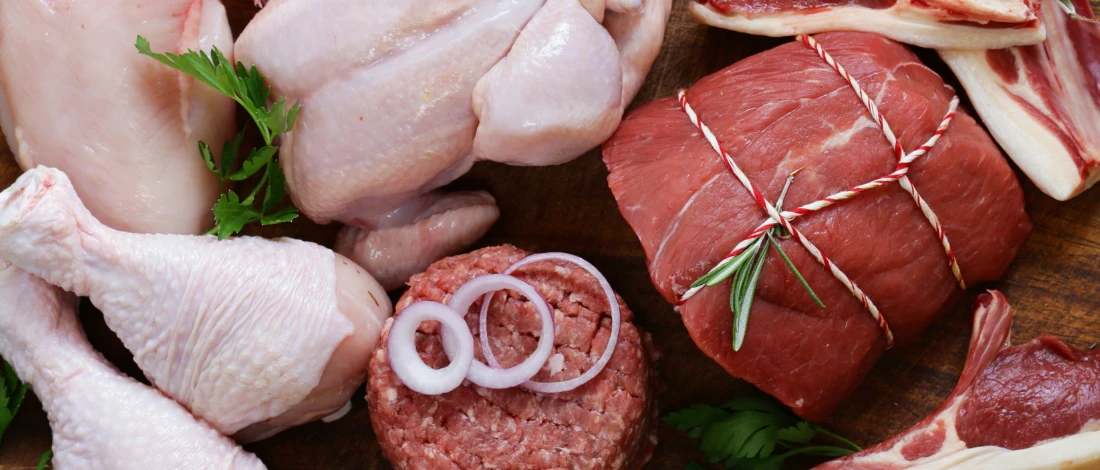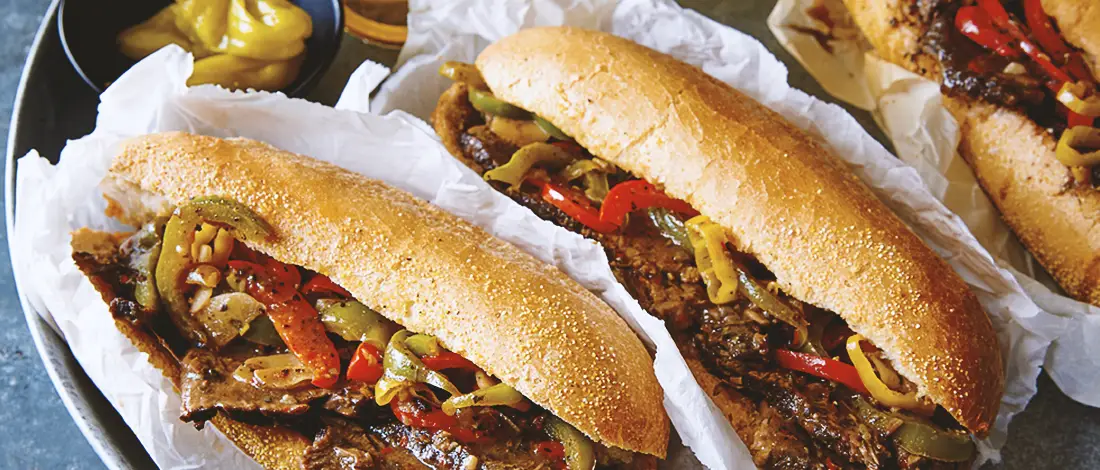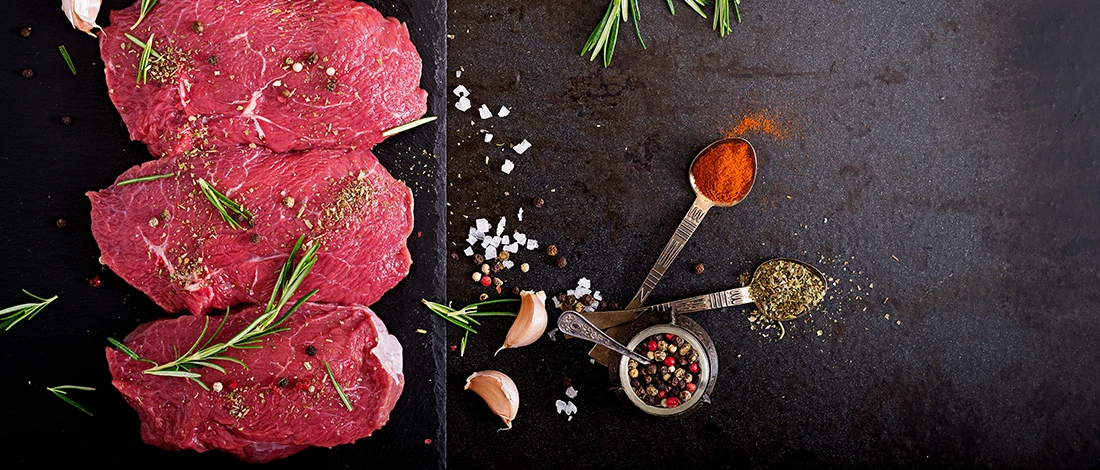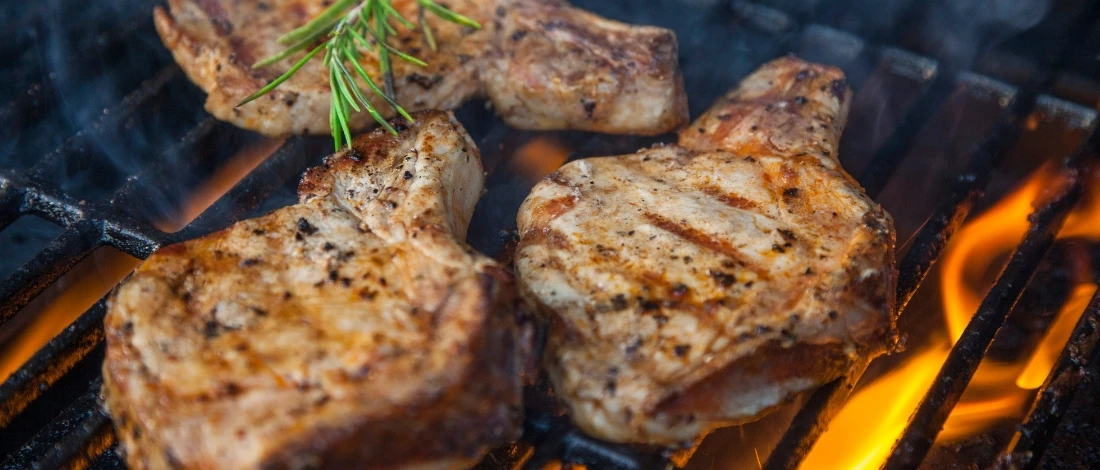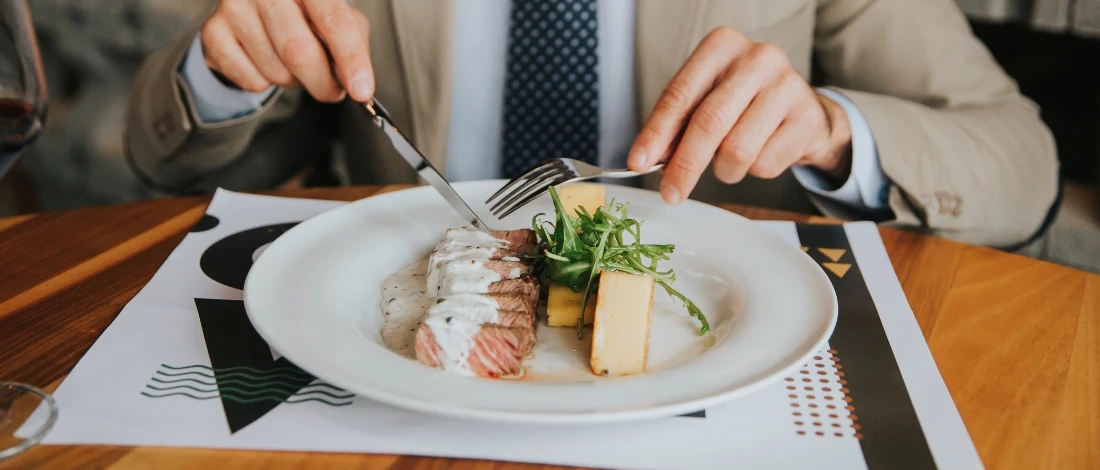Removing silverskin from ribs is a crucial step in preparing delicious, tender, and flavorful meat.
As a seasoned culinary expert with years of industry experience, I have dedicated substantial time to researching and perfecting the art of meat preparation.
During my research, I also consulted with other Carnivore Style seasoned chefs to give you an insightful guide from other professionals' points of view.
In this comprehensive guide, I’ll share my expertise on how you can efficiently remove silverskin from ribs to enhance the flavor and texture of your meat.
Quick Summary
- To remove the silverskin, slip a knife under the edge of the membrane and carefully peel it off.
- Silverskin or the peritoneum is a thin membrane of connective tissue covering and holding ribs together.
- Removing the silverskin before grilling or smoking ribs is vital because this membrane prevents rubs or brines from penetrating the meat.
How To Remove Silverskin From Ribs

To remove silverskin from the ribs, first identify the silverskin on the back of the ribs. It's a thin, shiny or silvery membrane covering a portion of the meat.
While removing the silverskin, remember to use a good quality knife and follow the natural contours of the meat to avoid unnecessary wastage.
"The membrane is the only part of the ribs you should be able to separate from the ribs easily, so don't worry about pulling off the wrong thing." - Danilo Alfaro, Culinary Expert [1]
According to Carnivore Style's team, here are the rest of the steps to follow:
Step 1: Loosen The Edge Of The Silverskin
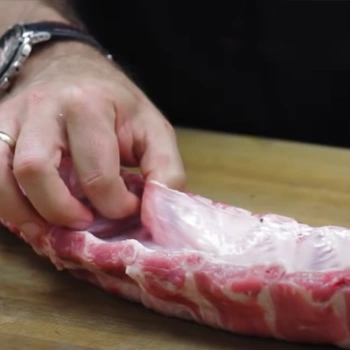
- Lay the slab of ribs bone-side up so that they curve towards you.
- Slide a blunt table knife under one end of the silverskin, lift the blade and pull the membrane loose. If one edge is too tight, try loosening it anywhere along with the rack.
- Using the knife or your fingers underneath, gently pull the edge of the membrane loose. If you can't get a grip on the slimy silverskin, wrap your fingers in a paper towel.
Step 2: Peel The Silverskin Off The Ribs
- Grab the loose end of the silverskin and gently start to peel the membrane from ribs.
- Pull slowly but surely, with consistent pressure, to loosen the membrane.
- The silverskin should come way in a single piece if you're lucky.
- Sometimes, the silverskin will break or tear. Start using your blunt knife to pull up an edge and work from there – it can be frustrating if the membrane keeps tearing, but it'll get easier with practice.
Step 3: Prepare Your Ribs
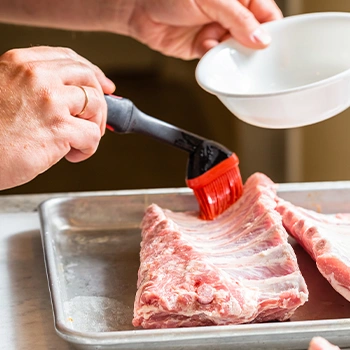
- Once you have pulled off the silverskin, check that no bits remain and remove them. (You should do this even if you have bought ribs with no silver skin – the butcher may have missed some.)
- Discard all bits of silverskin.
- Prepare your beef ribs as usual, in the happy knowledge that the meat will absorb your rub or marinade, and your BBQ ribs will turn out tender and succulent.
What is Silverskin?

Silverskin is a tough, and silver-colored connective tissue that hinders the absorption of seasoning and marinades. It, hence, affects the overall taste of the ribs.
You've probably bought ribs before with a silvery-white layer on the underside.
This layer is silverskin, a membrane or connective tissue found on larger cuts of meat like beef, lamb, and pork ribs.
Also called the peritoneum, this tissue holds the ribs together and is thin but stretchy.
Why Remove Silverskin From Ribs?

You remove the silver skin from the ribs to ensure that the ribs become tender and flavorful during the cooking process.
"You can kinda get the flavor of the marinade in there and also when they cook that silverskin doesn't tighten up and make the ribs curl up on the barbeque.”- Guy Fieri, American Restaurateur
There are three main reasons for removing the silverskin:
- Silverskin does not break down when cooking ribs. Instead, it can get tough and chewy, shrinking and pulling your meat out of shape and making for an unpleasant eating experience [2].
- The silvery-white membrane acts as a barrier, stopping marinades, rubs, brines, and even smoke from penetrating the ribs and allowing the meat to absorb flavor. You're left with bland ribs and wasted effort.
- The silverskin looks unappealing when you present your dish to your family and friends.
How To Identify Silverskin

To identify silverskin, look for pale white skin, like plastic stretched over the ribs.
The silverskin is the thickest near the animal's backbone so this membrane will be particularly thick and prominent on the back ribs.
Gently touch the surface. Silverskin feels tougher and less pliable compared to the meat. It may resist your touch.
Use a knife or your fingers to gently lift a corner of the silverskin. If it peels away from the meat easily, you've identified silverskin.
FAQs
What Tools Do I Need to Remove Silverskin From Ribs?
You can use a sharp knife, preferably a boning knife or a butter knife, and a paper towel for a good grip to remove silverskin from ribs.
Can I Leave the Silverskin on if I’m Short on Time or Inexperienced?
You can leave the silverskin on if you’re short on time or inexperienced. However, removing it is highly recommended for better flavor and tenderness. It's a relatively simple process and well worth the effort.
What Should I Do After Removing the Silverskin From Ribs?
After removing the silverskin, season your ribs with your preferred rub or marinade, and then cook them according to your chosen recipe. Removing the silverskin is a crucial first step in preparing delicious, flavorful rib meat.
References:
- https://www.thespruceeats.com/remove-membrane-from-pork-ribs-995303
- https://www.thekitchn.com/what-exactly-is-silver-skin-242487


